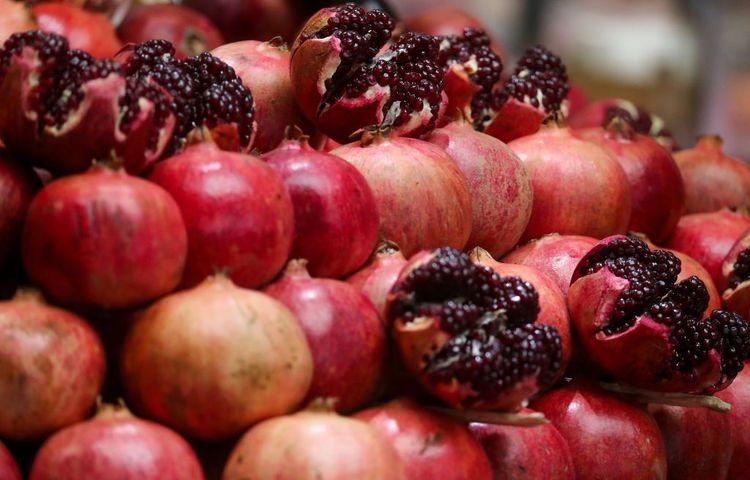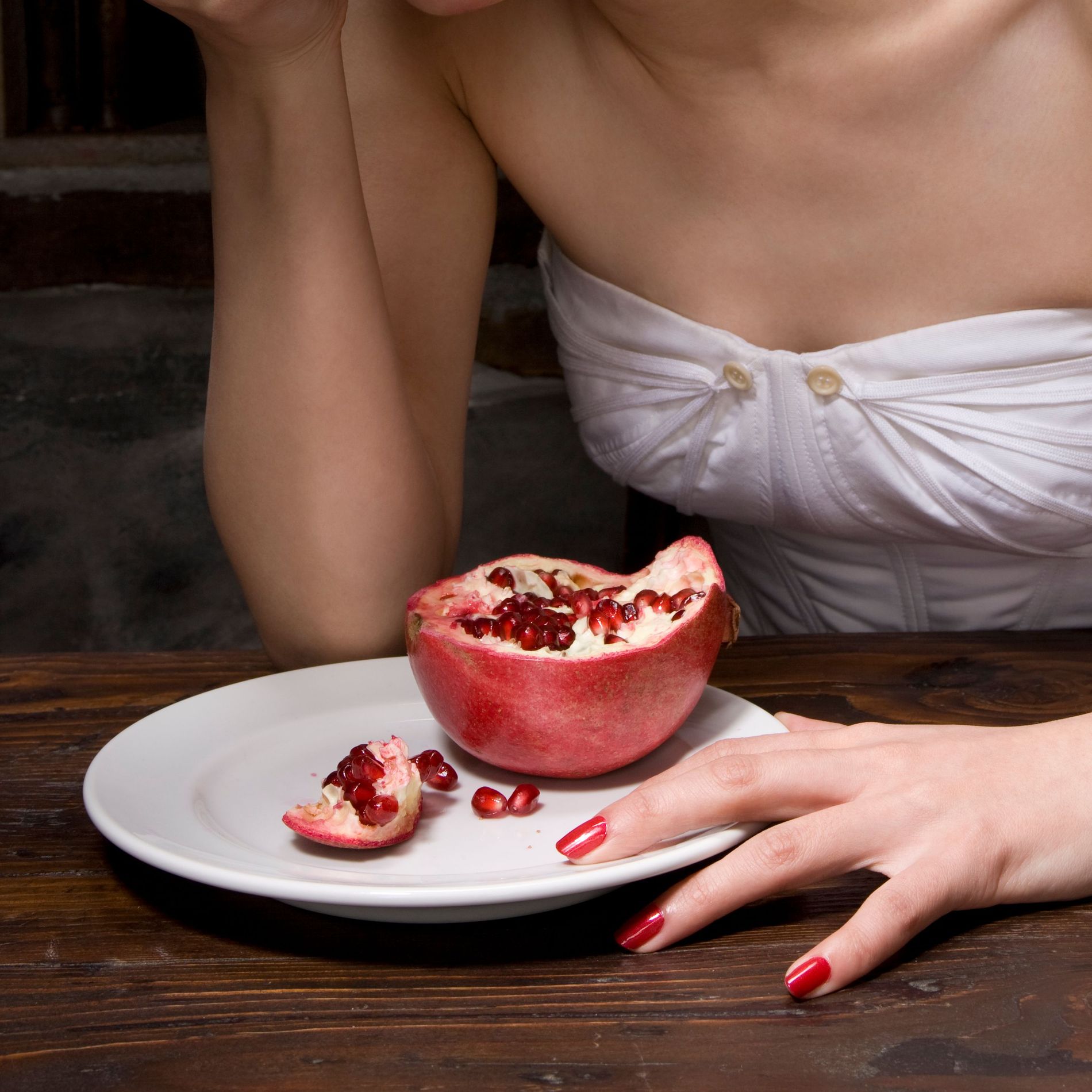The colder months signal the onslaught of dull, dry skin... While switching to a good moisturiser will help, so can 'water-rich' foods
Hydration is key to maintaining dewy, plumped out skin. On this fact, at least, the experts are agreed. And yet, the best way to deliver moisture to our cells inspires fervent debate. Some wax lyrical about drinking two litres of aqua daily, others stand by their skincare, but now some will tell you that "eating" your water is the most effective way of combatting dehydrated skin.
When we talk about "hydration" in the context of skin, we’re referring to increasing the skin's water content. Makes sense, given a baby is 75 to 80 per cent water at birth. But with age the cells throughout our body gradually dry up, meaning that by the time we reach 50, we’re likely to be closer to only 50 per cent water.

Is "drinking more water" really the solution to better hydrated skin?. Photo: Getty
Still, the "drink more water" message may have been overplayed. Now there is a sound scientific argument for eating more water-rich foods to counter parched skin. “Healthy hydration is about the water you hold in the body, not the water you drink that passes straight through,” says Dr Howard Murad, a world-renowned dermatologist who, after many years of research, has developed The Cellular Water Principle.
“There’s nothing wrong with drinking water, but if we don’t improve the capacity to get it into our cells and keep it there, it just means more trips to the bathroom,” he says, adding that too much water can deplete your body of vital minerals if they are flushed out too quickly. Overall, it’s said that eating foods that are rich in "structured water", especially raw fruits and vegetables, is a more effective route to juicy skin.
A study by the University of Aberdeen Medical School supports this theory. Researchers found that certain fruits and vegetables could hydrate our bodies twice as effectively as a glass of water. Why? Put simply, water in food is surrounded by other molecules that deliver it into our cells more easily. Crucially, this hydration stays in our system for long enough to impact our skin cells. “When we eat water-rich foods, we absorb water more slowly because it is trapped in the structure of these foods,” explains Murad. “Structured water has the ability to better penetrate our living cells, delivering important antioxidants, fibre and other nutrients needed for a healthy-looking complexion. That slow absorption also means the water in food stays in our bodies for longer.”

Pomegranates are 82 per cent water. Photo: Getty.
Those foods that are most water-laden include cucumbers, which boast more than 95 per cent "structured water" alongside silica, a trace mineral that contributes to the strength of collagen fibres. “Eating a three-ounce cucumber is almost the same as drinking three ounces of water, but better,” says Murad. Pomegranates are 82 per cent water and a rich source of polyphenol antioxidants while avocados additionally contain oleic acid, which replenishes dry skin.
It is then simply a case of locking in that moisture and finding the product fit for the job. The Murad Nutrient-Charged Water Gel has just landed in Scandinavia and employs water specially treated with a solution of amino acids and osmolytes (compounds used by cells to hold on to fluid) for unparalleled hydration. In fact, clinical trials show it draws moisture to the skin for up to five days without compromising pores. Face Stockholm Aloe Vera Cream combines multiple hydrating mechanisms in one, including aloe, olive oil and hyaluronic acid, a humectant that acts like a sponge for water in the skin.
Welcome to the new 360 approach for impossibly soft skin.
